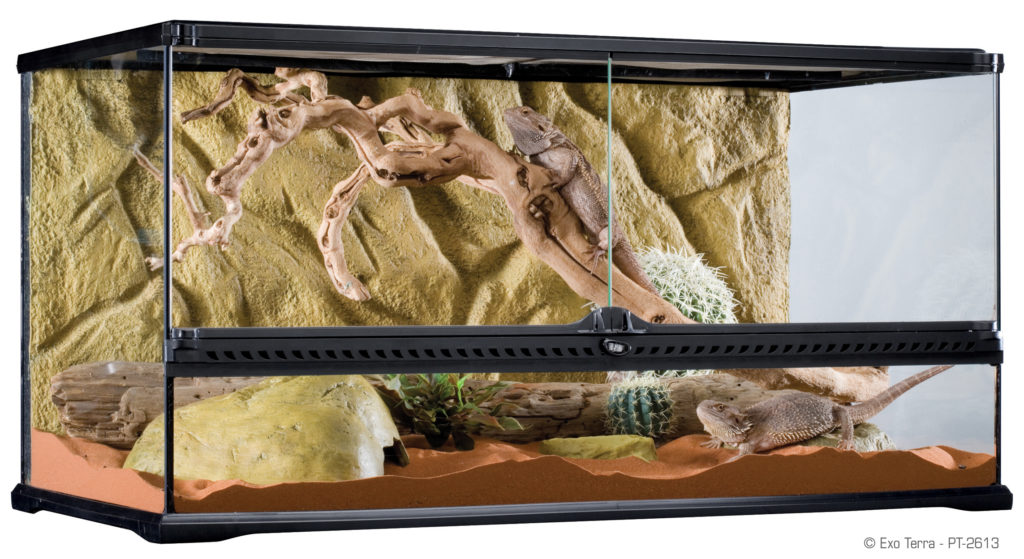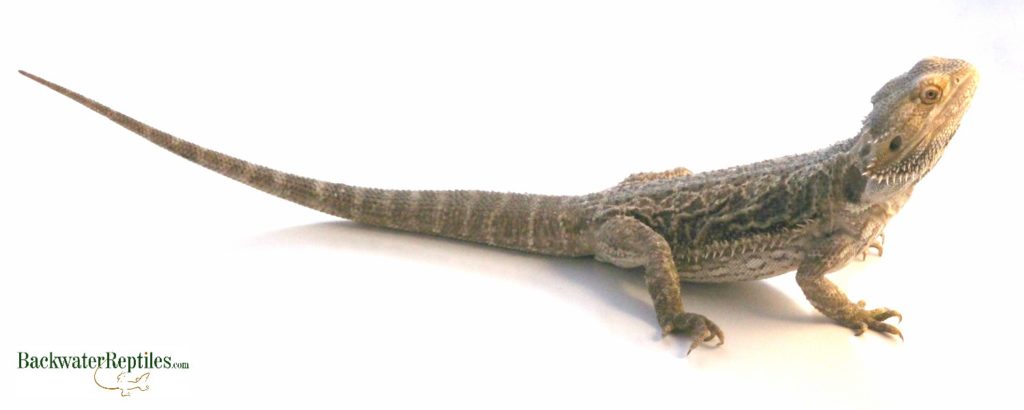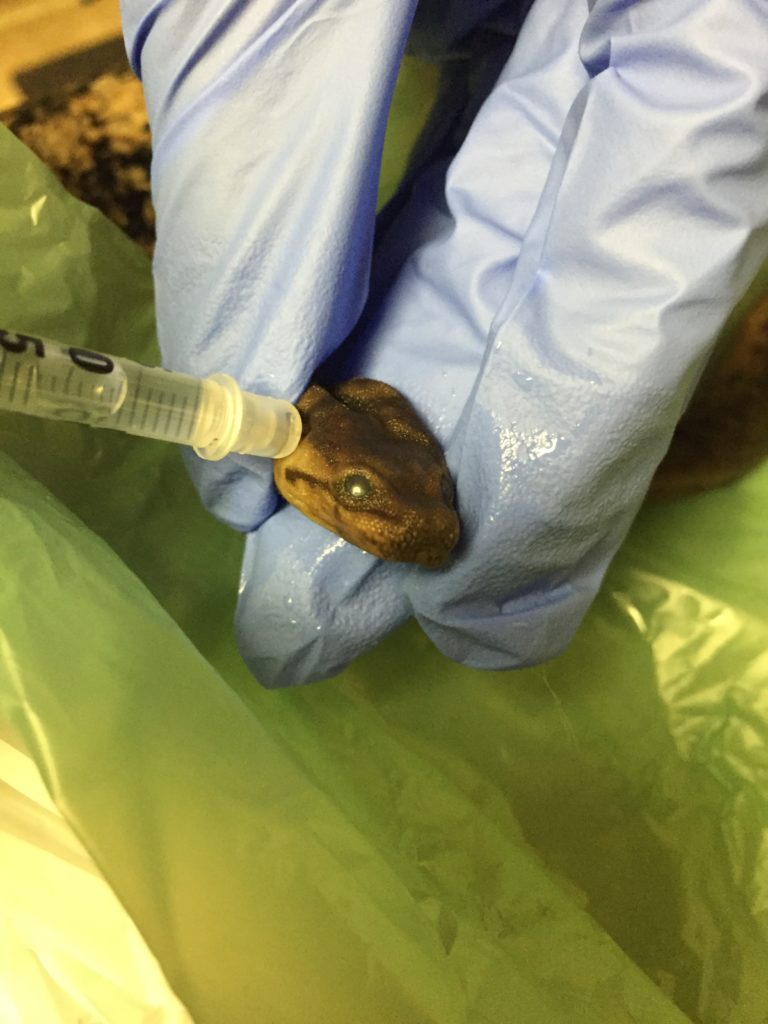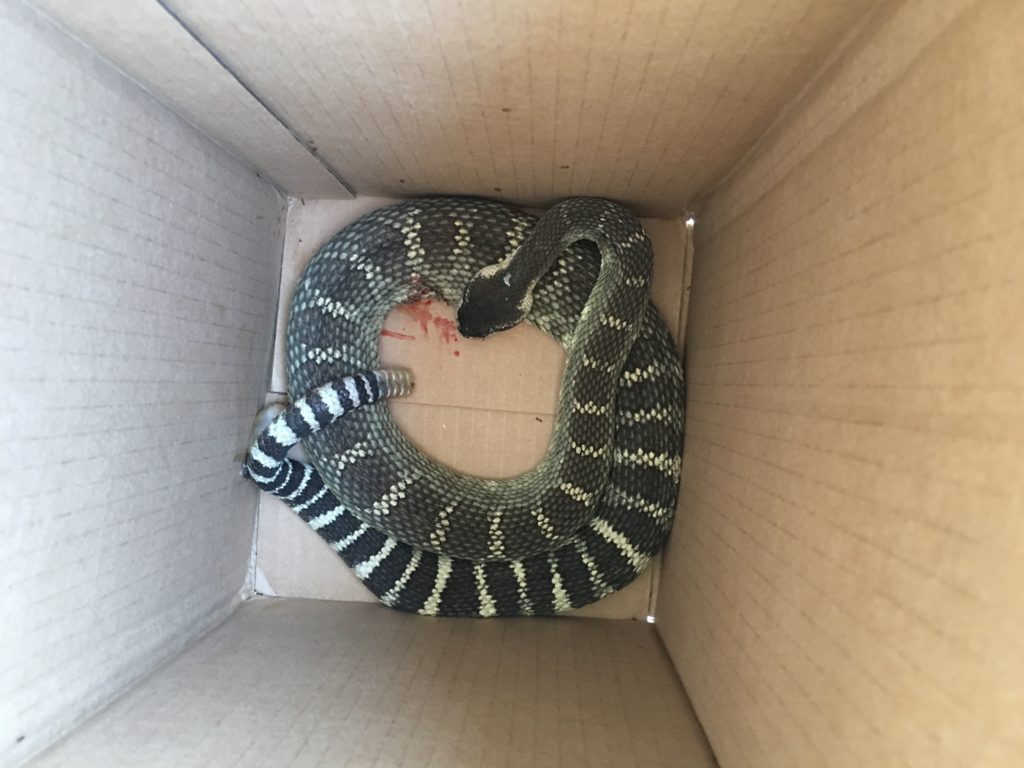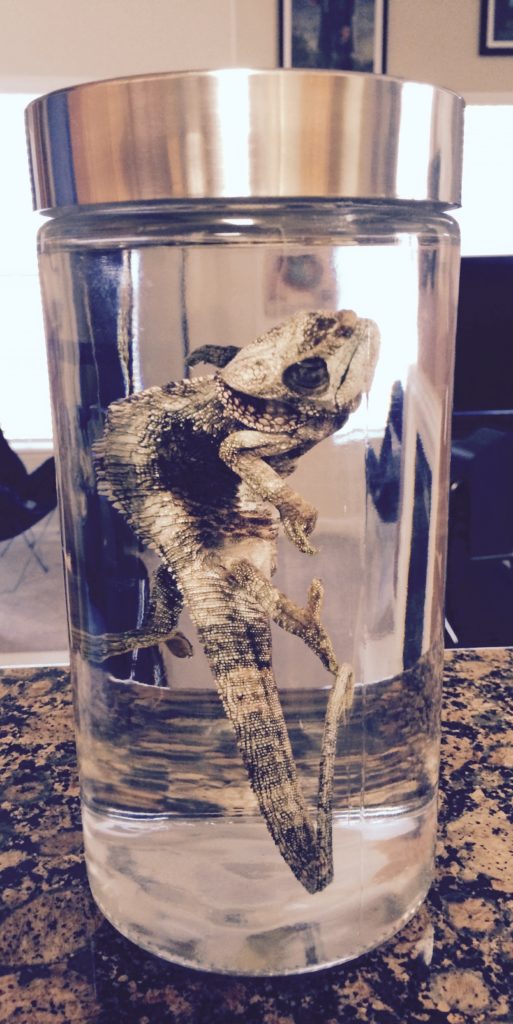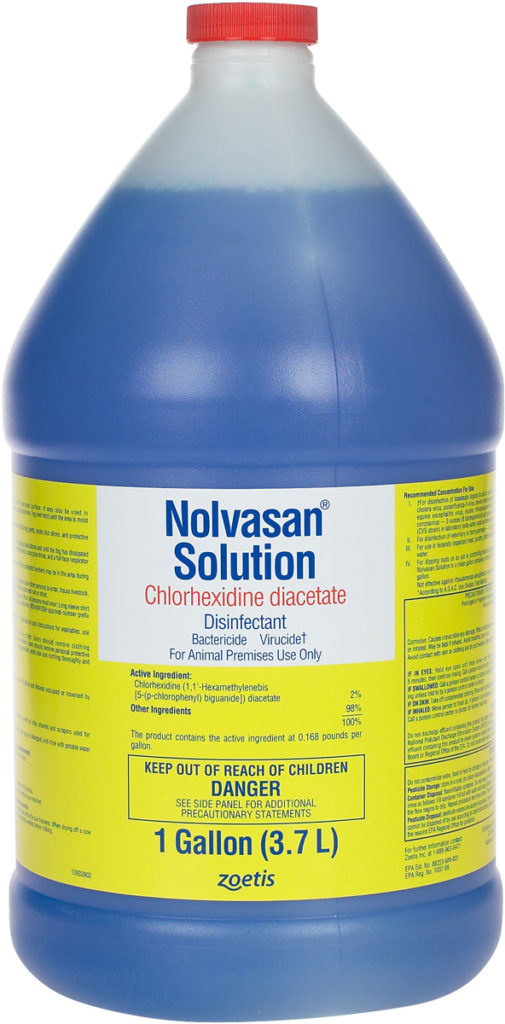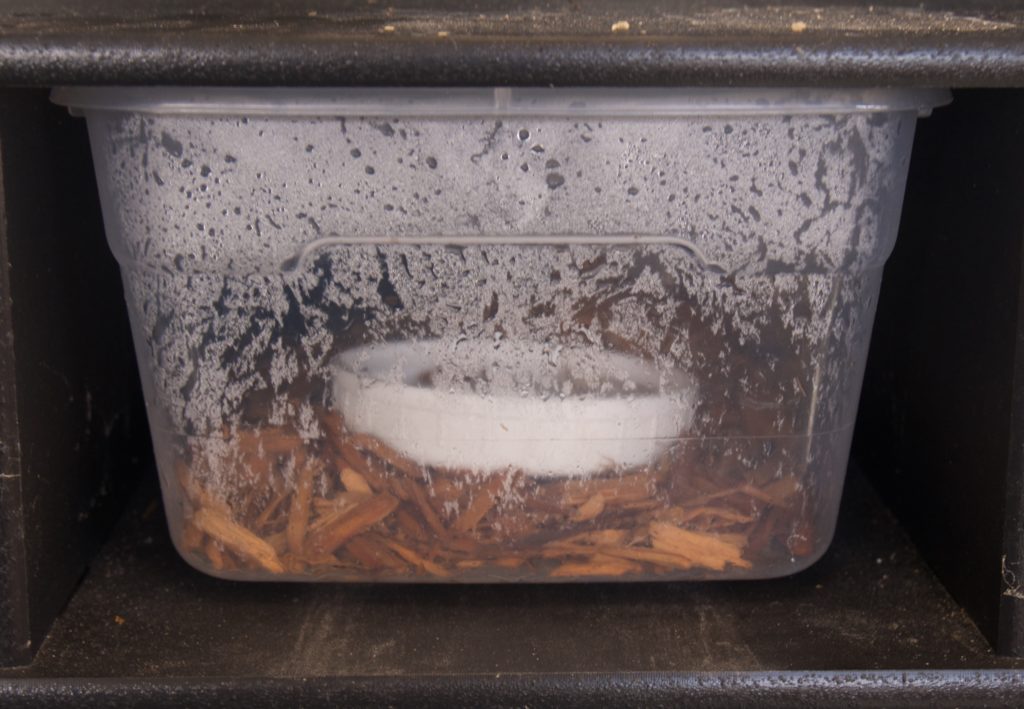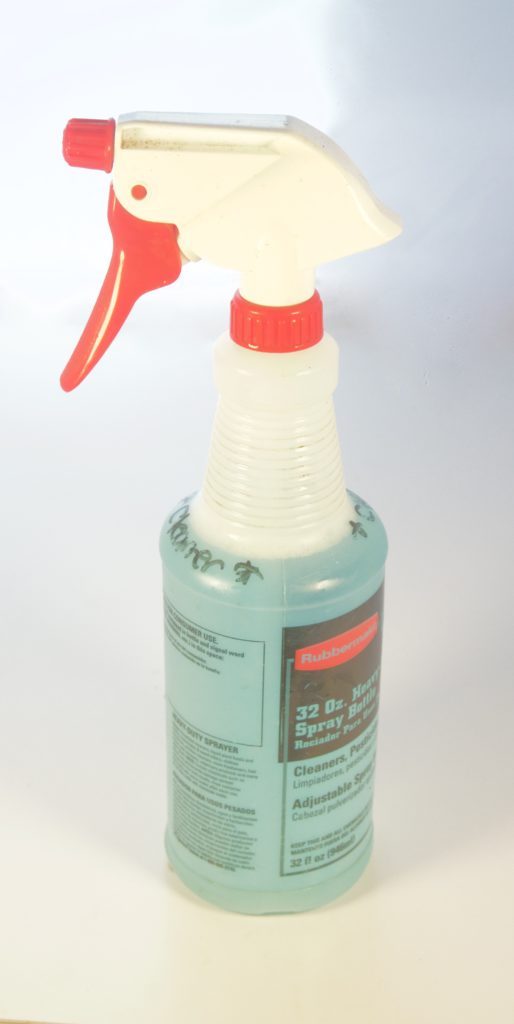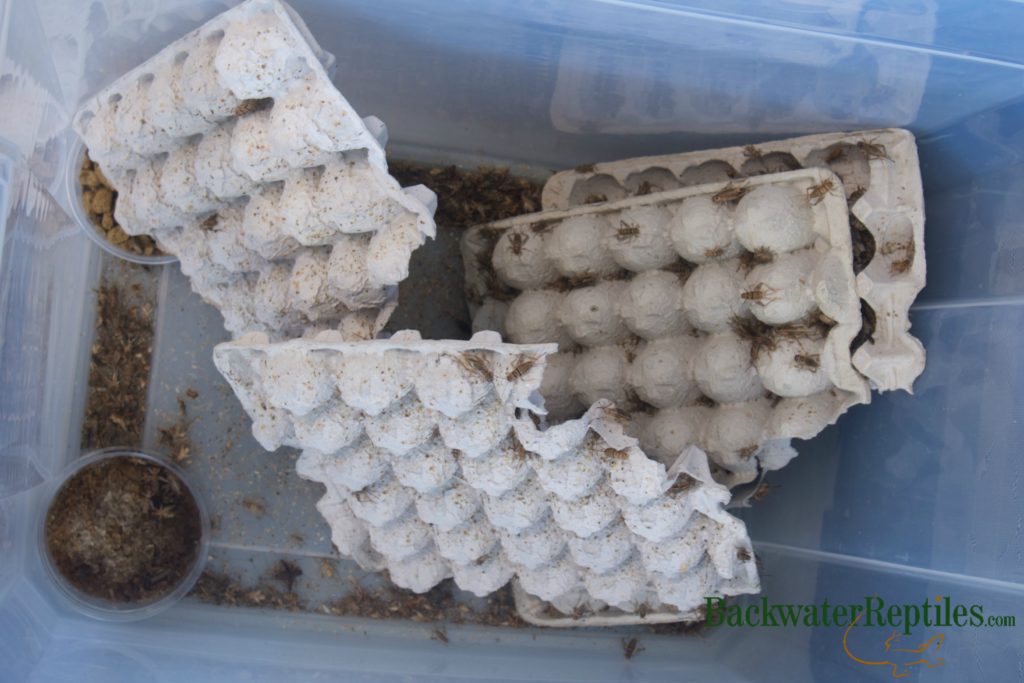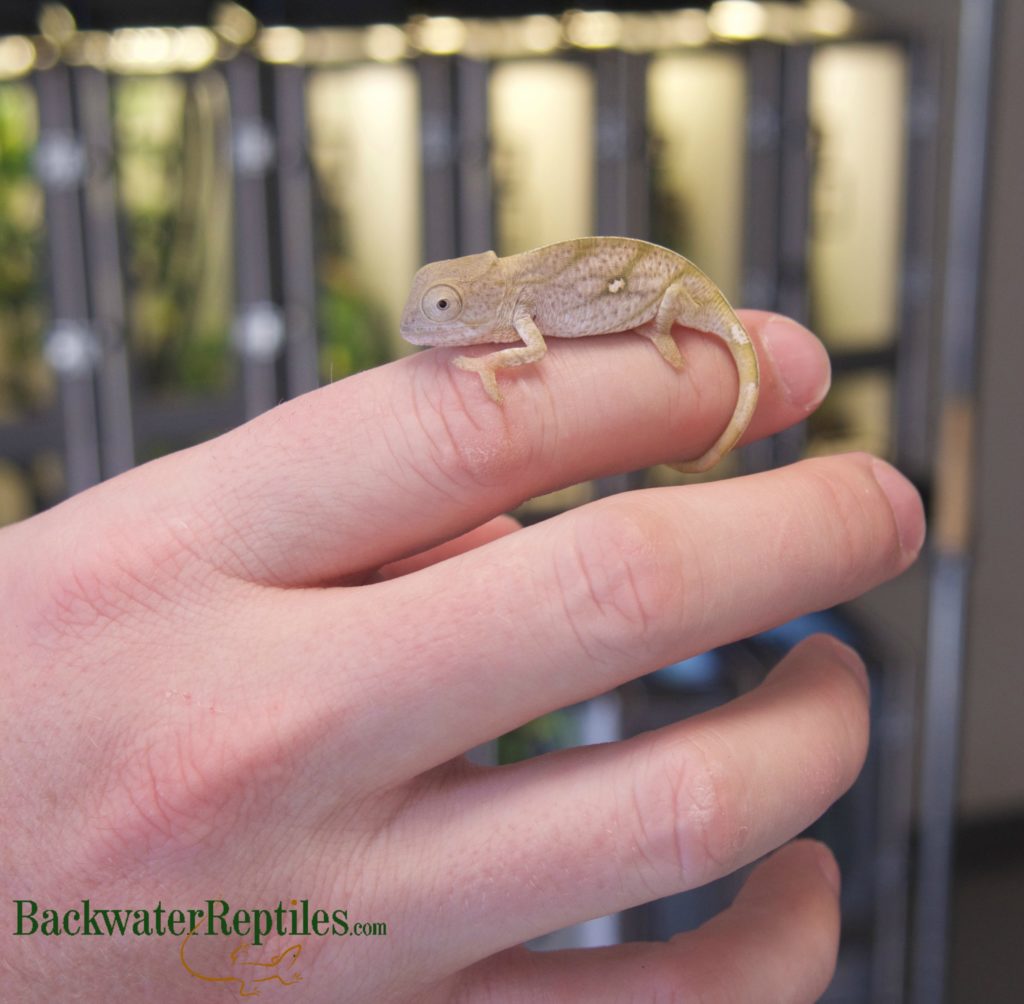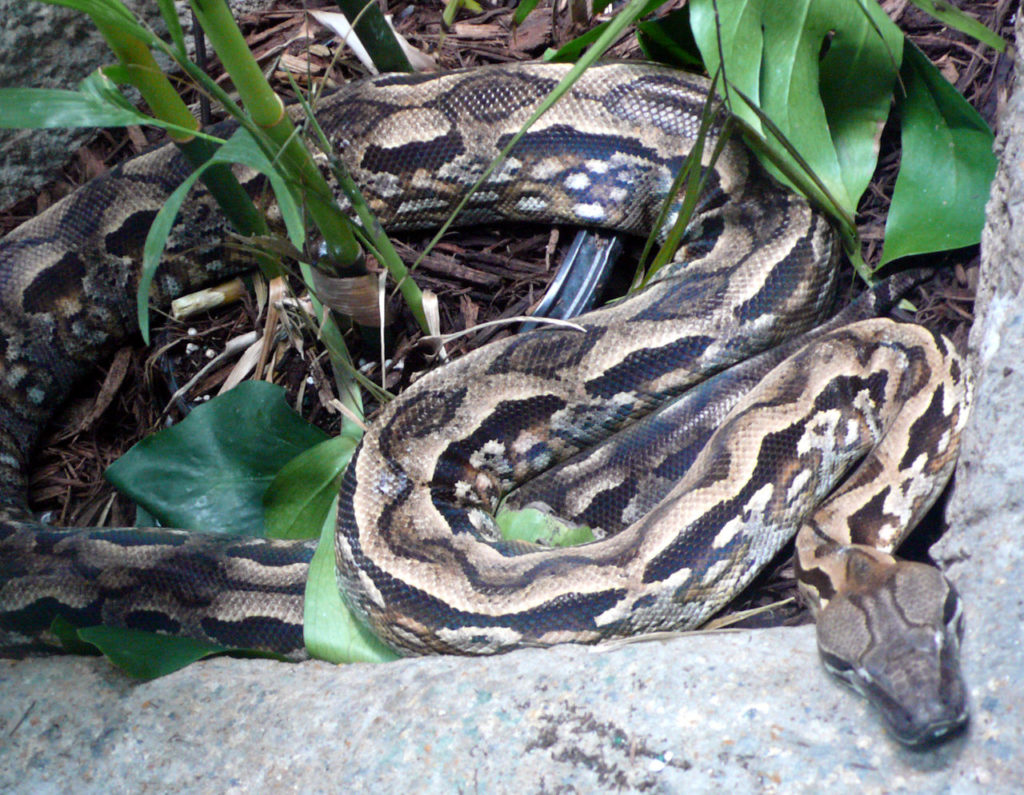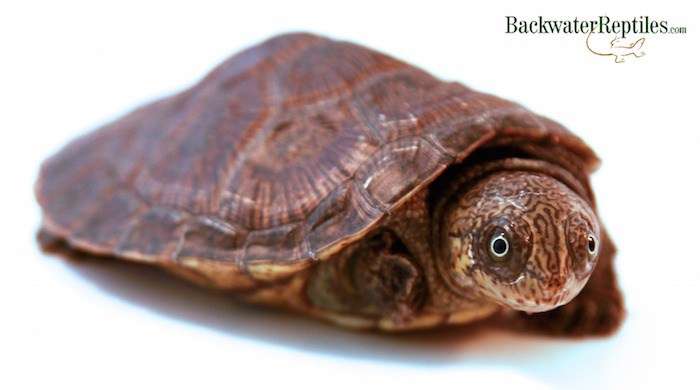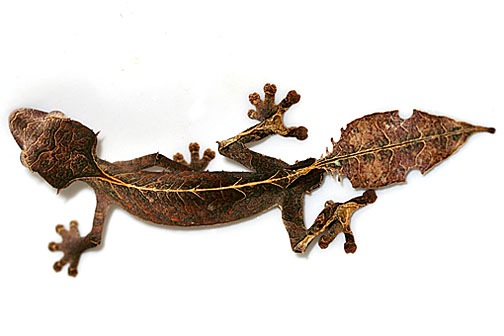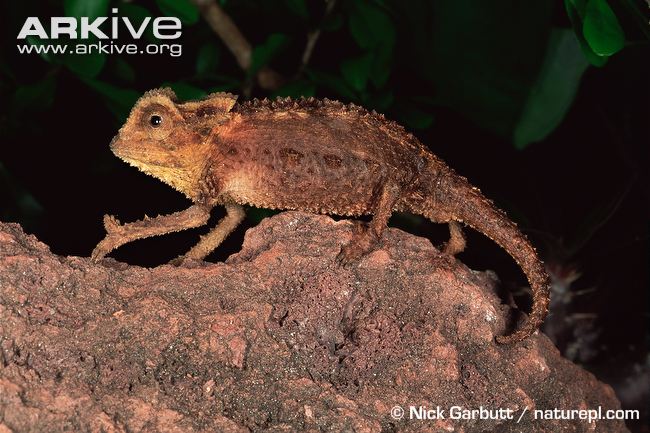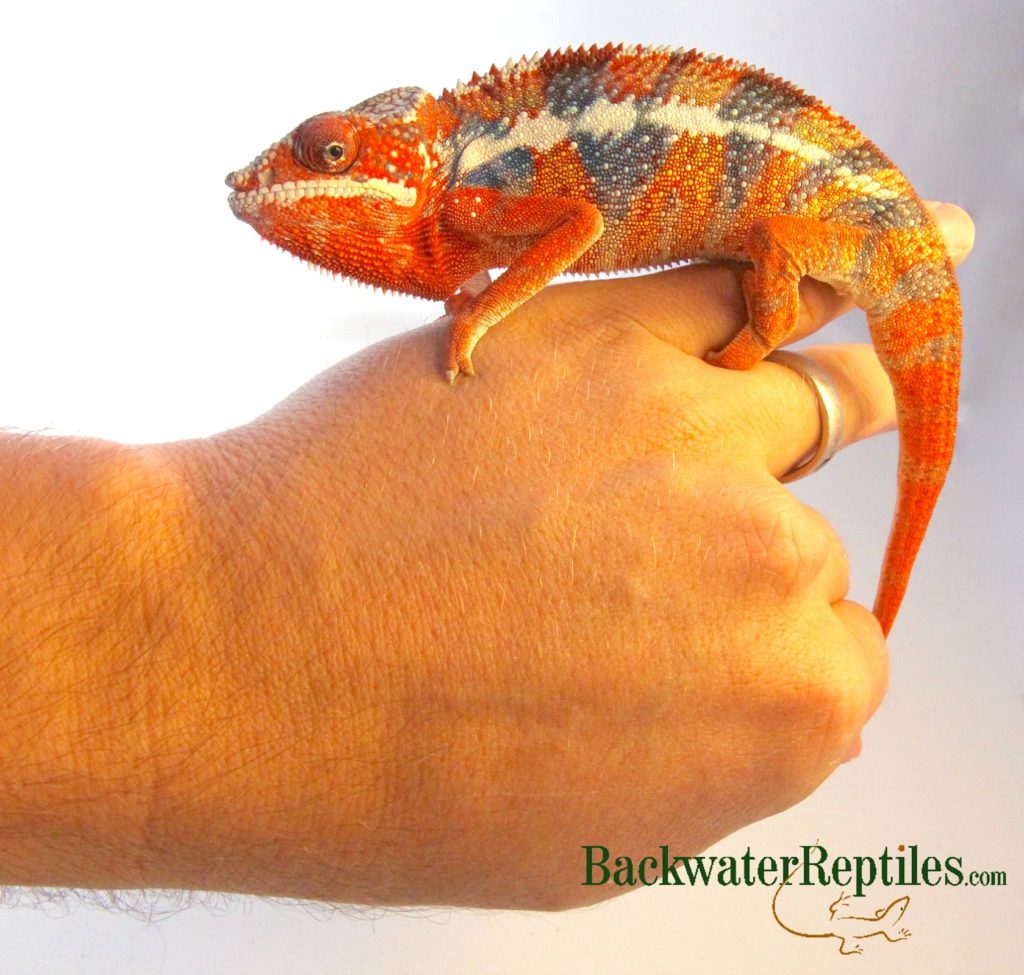Is your son or daughter interested in a pet reptile or amphibian? Are you unsure where to start when it comes to choosing a suitable herp companion for your children?
Well, search no further! This article is dedicated to covering the animals we think are the best pet reptiles and amphibians for kids in terms of care level, responsibility, and hands-on interaction.
But please, keep in mind that adopting a pet reptile or amphibian is just as much responsibility as owning a traditional pet such as a cat or dog. While exotic animals like the ones on our list might require slightly less maintenance on a daily basis, they are still a life-long commitment, so it goes without saying that we do highly recommend that your child is fully prepared and ready to handle any pet before you purchase.
Best Pet Reptiles for Kids
Leopard Gecko (Eublepharis macularius)
Not only would we recommend leopard geckos as excellent pets for kids, we’d also say that they make great starter herps for people who are just jumping into the world of keeping reptiles. They are generally healthy animals with a great history of being captive bred which means they’re accustomed to a life with people and take well to being handled by kids.
Leopard geckos are ground-dwelling, desert lizards with simple needs. All you will need to successfully keep a single leopard gecko happy is at least a twenty gallon-sized tank, substrate, heat source, water dish, and food.
Many reptiles with track records of being bred in captivity are now available in seemingly countless morphs or phases. This means that the animals have been selectively bred to exhibit specific traits, colors, or markings. Leopard geckos have a high success rate of captive breeding and there are so many morphs on the market that it can be hard to choose a favorite!
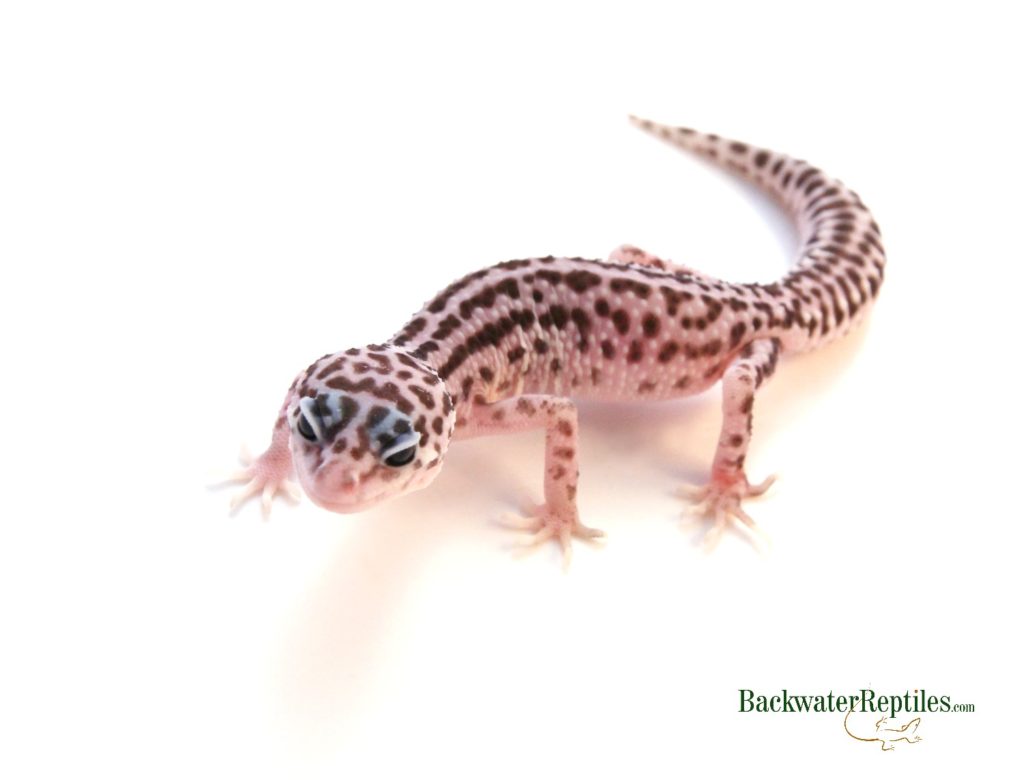
If you are interested in learning more about that basics of leopard gecko morphs, including what the most popular and well-known varieties look like, we actually have an entire blog article dedicated to this very topic. There’s a leopard gecko morph for all aesthetic tastes!
Caring for a leopard gecko is also really easy. Most desert substrates only require spot cleaning as feces or dead bugs collect every other day or so. A full tank cleaning is generally only required once a month. So cage maintenance is simple and uncomplicated.
Leopard geckos don’t require a full-spectrum UV light, so there is no need to worry about lighting the enclosure and replacing bulbs every six months. In fact, bright lights can actually be too harsh for leopard geckos, so we only recommend a heat lamp.
Your cage will also require a hiding place or two, a water dish, and a dish for live insects such as mealworms. You can decorate with fake plants and other accessories if you desire, but it’s really not necessary. Remember – the more items in your animal’s cage, the more items you have to clean!
Want a guide on exactly how to set up your leopard gecko’s enclosure? Guess what? We’ve also got an entire blog article dedicated to that topic! We highly recommend reading it if you are a first time leopard gecko owner.
You don’t need to search very far if you’ve decided a leopard gecko is the right fit for your child. Backwater Reptiles has many different leopard gecko morphs for sale.
Cherry Head Red Foot Tortoise (Geochelone carbonaria)
While there are many species of tortoise that would all make agreeable pets for children, we’ve selected the cherry head red foot as our top pick mainly because it stays a very manageable size even when fully grown. Some tortoise species, such as the sulcata, can grow to very large sizes and weigh upwards of one hundred pounds, but a cherry head red foot tortoise won’t surpass eleven to fourteen inches in length making them the perfect size for children to be able to handle them without issues.
Cherry head red foot tortoises are known to have curious personalities. They aren’t shy or frightful reptiles and so interaction with people of all ages shouldn’t pose any problems.
Many parents also like keeping tortoises of any species for their children because tortoises are primarily vegetarian, even if they occasionally ingest an insect or two while grazing. This means there is no need to go to the pet store to pick up crickets or any other type of invertebrate and ultimately a much simpler meal time.

Cherry head red foot tortoises will eat many types of veggies and fruits such as spring mix lettuce and berries, but commercially produced tortoise pellets are also perfectly acceptable. They have strong appetites and children really enjoy watching them chow down at breakfast, lunch, or dinner time.
Adult red foots can be kept outdoors provided the weather stays reasonable. Make sure that if it gets colder than fifty degrees you have a heated area or hide box available. Shaded areas are equally important during summer time.
Baby and juvenile red foots are best housed indoors. This keeps them safe from predators, allows you and your children to monitor their diet closely, and also facilitates more human interaction. Luckily, creating an indoor habitat for a young cherry head red foot tortoise is very easy. Your tortoise’s enclosure can be something as simple as a plastic sweaterbox, provided the walls are tall enough to prevent the tortoise from climbing out. What’s more important to your tortoise’s health is a good substrate, UV lighting, a heated area, and proper cage “furniture.”
Backwater Reptiles does sell captive bred cherry head red foot tortoises.
Best Pet Amphibians for Kids
Tiger Salamander (Ambystoma tigrinum)
While salamanders in general probably aren’t the best pets for children due to their secretive nature, aversion to being held, and tendency to spend most of their time hiding, tiger salamanders are the exception. They are the largest of the land-based salamanders and they have docile dispositions with quirky personalities.
We’ve seen many tiger salamanders come to recognize their owner. When the cage opens for meal time, it’s not uncommon for them to come running in anticipation of their meal. Many will even take insects from their owner’s fingers with some training. They are quite entertaining at meal time.

A pet tiger salamander doesn’t require a tall enclosure. They are burrowers so a tank with horizontal floor space is more important than vertical climbing space. It’s also very important that you choose a proper substrate to facilitate their burrowing behavior. We recommend a commercial topsoil mix free of any additives or chemicals that you can find at most hardware stores. However, coconut fiber will also work. You want something that allows the salamander to burrow and that also retains plenty of moisture. The substrate should feel moist when you pick some up in your fist, but shouldn’t be dripping wet.
If you want your children to be able to see your tiger salamander and not have to dig into the substrate to uncover him/her, we recommend investing in some lightweight hides that the salamander can burrow directly underneath. That way, rather than digging for your salamander, you just have to lift up the hide and your salamander should be waiting for you underneath.
Your salamander’s enclosure should be kept in the temperature range of fifty to seventy-five degrees Fahrenheit. You can provide a gentle, soft light, although it’s not necessary and is really only for the owner’s benefit, not the salamander’s.
If you think a tiger salamander is a good fit for your child, Backwater Reptiles has healthy medium to large-sized ones for sale.
Pixie Frog (Pyxicephalus adspersus)
Pixie frogs are known for being the second largest frog in the world. They are very humorous to observe and their appetites are seemingly endless. They make great pets and your child will enjoy watching his or her pixie grow into a monster frog.
Not only are pixie frogs entertaining amphibians with long life spans (fifteen years is not unheard of), they are pretty simple to care for. They don’t need much in terms of cage accessories, lighting, or temperature gradients and simpler is usually better when it comes to pixie enclosures.
A single juvenile frog can be kept in a ten gallon tank, while adults will need at least a twenty gallon. Because pixies enjoy burrowing, we do recommend lining your tank with coconut fiber and sphagnum moss. These substrates will not only help maintain proper moisture levels, but they are also visually appealing.

You don’t need to provide many cage accessories for your pixie frog as they do tend to topple fake plants and decorations. However, lightweight hides that won’t harm your frog if they fall over or are burrowed beneath are always nice touches.
A water dish large enough to allow your pixie to sit inside of it is a necessity. Pixies enjoy a good soak and can actually spend a considerable amount of time in their water dish. Just keep an eye on the water for cleanliness as frogs and other reptiles and amphibians are known to defecate and urinate in their water sources.
As we’ve already established, pixie frogs have impressive appetites and children will love watching them eat. But what exactly do pixie frogs eat?
In short, pixie frogs will eat pretty much anything that fits into their mouth! They are piggies and will eat to the point of obesity, so pixie owners must be careful about how often and how much their frog consumes.
We recommend a varied diet that consists of insects such as crickets, roaches, wax worms, horn worms, and reptiworms. Be sure to dust your pixie’s insects with vitamin supplements once or twice per week, particularly if you have a juvenile frog that is still growing.
Once your pixie has grown up and reached maturity, it will be large enough to eat mice! However, as we’ve previously mentioned, pixies are prone to obesity and overeating, so we recommend avoiding feeding them mice. Because mammals possess much higher fat levels than invertebrates, if you feed your pixie mice regularly, it will not only cause it to gain weight rapidly, it can also be hard on the frog’s internal organs.
If you think a pixie frog sounds like the perfect pet for your child, head to the Backwater Reptiles website. We’ve got healthy, captive bred specimens for sale.
Conclusion – Best Pet Reptiles and Amphibians For Kids
We love all reptiles and amphibians, however not all of these amazing animals would make good pets for children. We’ve compiled this list of four reptiles and amphibians that we think are the most suitable companions for kids and provided some insight as to how to care for them and what is involved in keeping one as a pet.
However, keep in mind that this list of the animals we think would make good matches for kids certainly isn’t exclusive. Children have all sorts of personalities and parents can certainly have different experience levels with herps themselves. Our list is just intended as a jumping off point for parents who might not know where to start or who are unsure what species would mesh best with their own family.
What do you think? What was the first reptile or amphibian you purchased for your children? How did the experience work out? Are there any reptiles or amphibians you would recommend for kids? Let us know in the comments!


